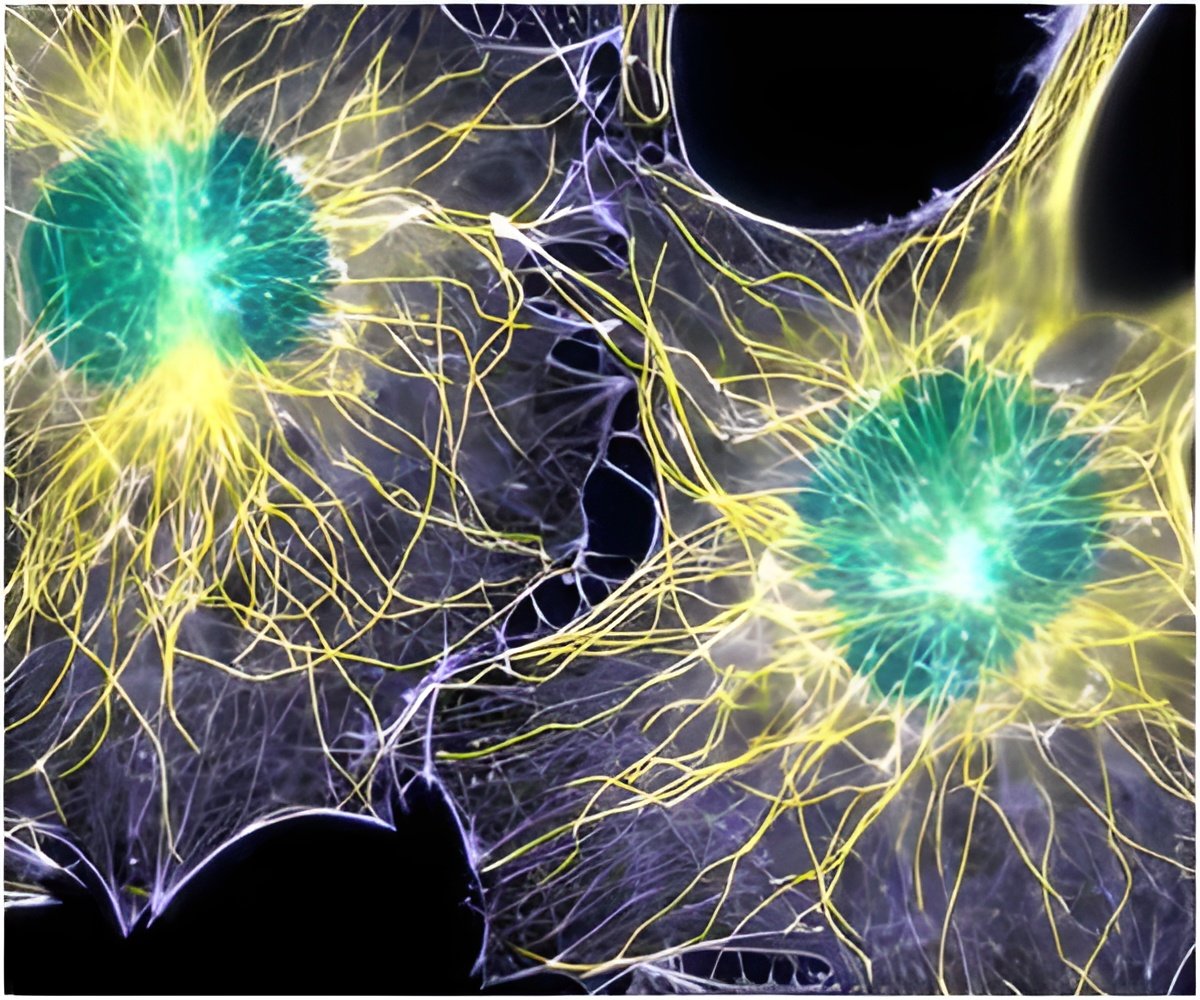A NIST-developed model of a simplified cell membrane has been discovered by researchers, which may now accurately detect and measure protein associated with bacterial vaginosis. The work illustrates how the artificial membrane could be used to improve disease diagnosis.
Caused by the bacteria
Gardnerella vaginalis, BV is a very common health problem in women and has been linked to infertility, adverse pregnancy outcomes, post-surgery infections and increased risk for acquiring sexually transmitted diseases. Current diagnosis relies on time-consuming, labor-intensive and somewhat inconsistent laboratory cultures or immunological assays.
In a recent paper in the journal
PLoS One,* researchers at NIST and Vilnius University (Vilnius, Lithuania) reported that they were able to reveal the presence of
G. vaginalis by rapidly detecting and quantifying vaginolysin (VLY), a protein toxin produced exclusively by the bacteria, using the NIST model of cell membranes known as a tethered bilayer lipid membrane (tBLM).
Source-Eurekalert












